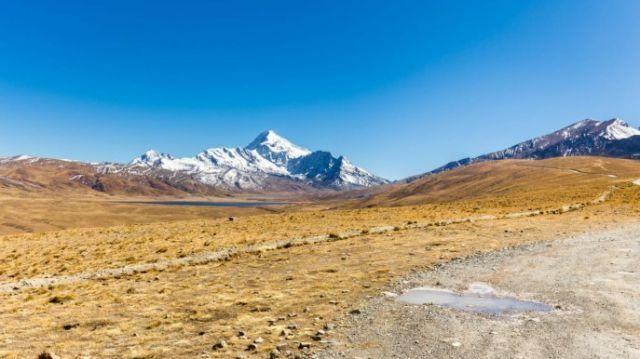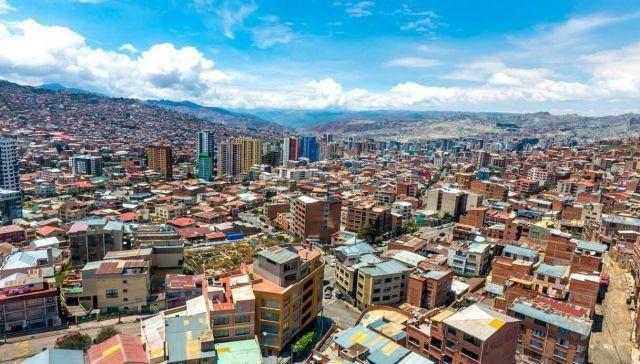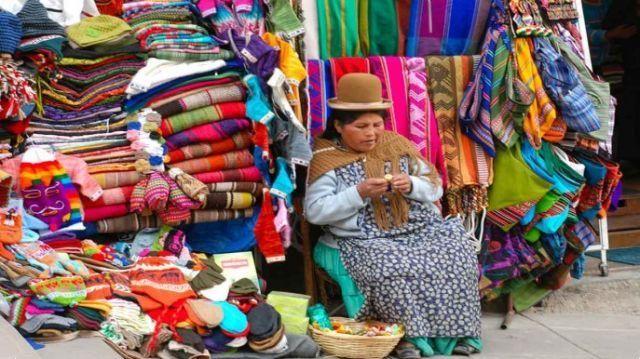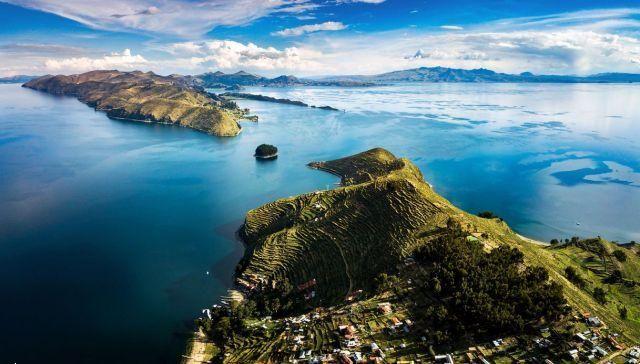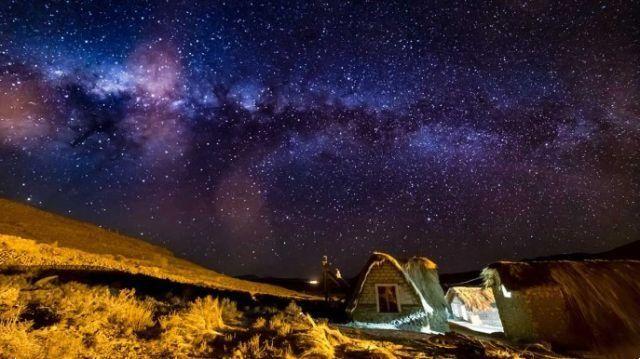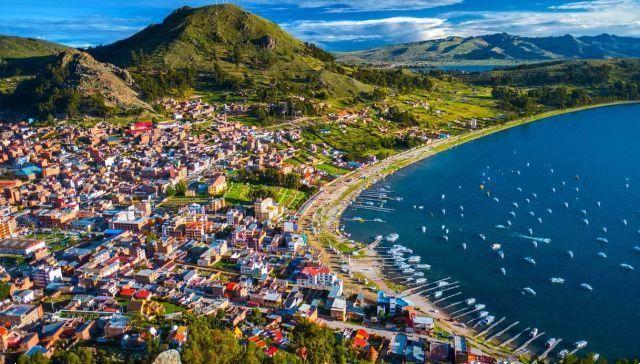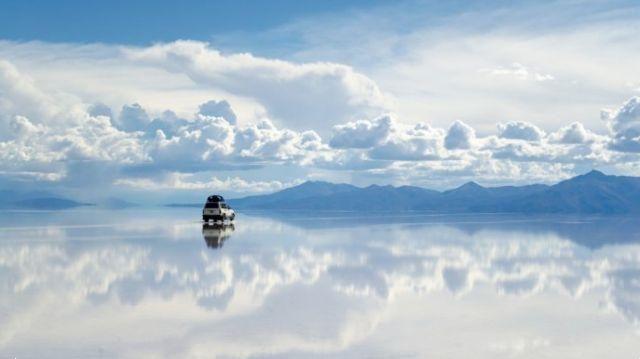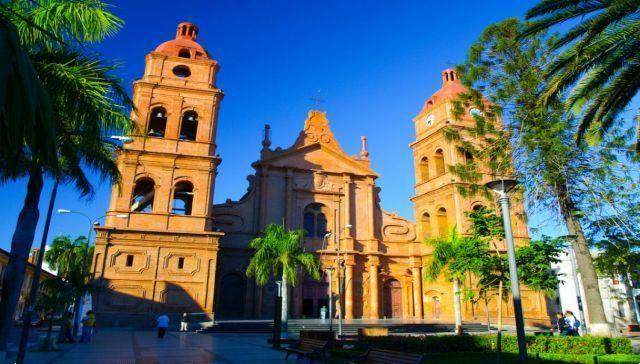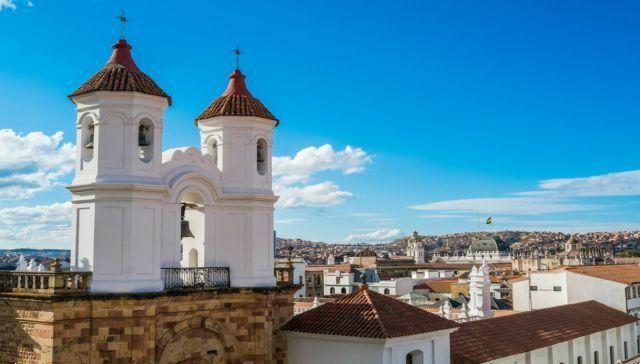
Sugar, the capital of Bolivia, is a charming city with an orthogonal layout typical of the new sixteenth-century foundations in South America and has kept its ancient colonial appearance made up of elegant white-plastered buildings almost unchanged. Although the national government of Bolivia is based in La Paz - so much so that the latter is often mistaken for the capital - the Bolivian parliament and the supreme court are located in Sucre and, since independence was sanctioned, it has been the de facto capital of the state.
A curiosity of Sucre is the fact that for its inhabitants it has well five names, each in memory of a phase of its centuries-old history: Charcas is the indigenous name that indicates the place where the Spanish built the first colonial city; La Plata is the name given to the city awarded by the king of Spain with privileges and honors; the name Chuquisaca was granted to the city during the struggle for independence; Sucre honors Don Antonio José de Sucre, the marshal of the battle of Ayacucho (9 December 1824), and finally “La Ciudad Blanca” – or the white city – is the nickname due to the color of its homes.
In this guide we will discover the most interesting destinations and attractions not to be missed on a trip to Sucre, the capital of Bolivia.
The heart of the historic city, a UNESCO World Heritage Site, is the large one Plaza 25 de Mayo, surrounded by the most important buildings of the city and populated by the most refined clubs and bars in Sucre, where you can have a tasty breakfast while observing the Bolivians starting the day under the shadow of the large statue of Don Antonio José de Sucre, Simon Bolivar's lieutenant and first president of independent Bolivia.
On the square there are two of the most important religious buildings in all of Bolivia, the large one Cathedral of Our Lady of Guadalupe, in an elegant architectural hybrid that effortlessly combines Spanish Renaissance patterns with exuberant Baroque decorations, and the chapel of the Virgin of Guadalupe. This small but important chapel was built in the 1601th century and houses the most important icon for Bolivian Catholics, the image of Our Lady of Guadalupe, patron saint of Sucre and painted by the Bolivian painter Fray Diego de Ocaña in XNUMX.
Remaining on the square you can visit the Freedom House, an evocative colonial building which was for years the seat of the Bolivian parliament and which today houses the National Museum which brings together an interesting collection of ancient and modern art together with the most important relics of Bolivian history such as the first copy of the Constitution and a vast exhibition of period documents and photographs. One of the most interesting itineraries of the museum is the one that very precisely traces the history of the fight for Bolivia's independence from Spain.
In the area you can also admire one of the most important cultural institutions of Sucre and all of Bolivia, reaching the splendid National Library – the largest in the state – housed in a building dating back to the seventeenth century completely decorated by the highly skilled Bolivian stonemasons. Inside the library, in addition to the oldest and most precious manuscripts in all of Bolivia, there is also the national archive, a true treasure chest of Bolivian culture and history.
Also from Plaza 25 de Mayo you can take a shuttle that leads to one of the most magical and surprising places in all of Bolivia, Cal Orcko, a stone quarry a few kilometers from the city center that has preserved an incredible quantity of dinosaur fossil footprints. The site appears as a large and flat expanse of rock, inclined at about 60° with respect to the ground, on which are imprinted more than 5.000 footprints for nearly 300 dinosaur species which over millions of years have fossilized, turning into stone. The visitor center of the dinosaur footprint park acts as a compendium of the quarry and allows you to observe life-size reconstructions of the creatures that left their footprints more than 100 million years ago, including the enormous titanosaur, more than 36 meters long.
Returning to the historic center of Sucre it is worth taking a nice walk in the most beautiful public park in the city, Bolivar Park, located near the seat of the Bolivian Supreme Court and relax among its magnificent tree-lined avenues and large fountains. During the summer, outdoor concerts are often organized and small kiosks selling street food populate the entire park, allowing for a fun and tasty break while visiting the city.
To visit another suggestive structure in Sucre you need to go to La Recoleta Monastery, a Franciscan monastery dating back to the beginning of the seventeenth century, consisting of a main church and a cloister of incomparable beauty that embraces the square in front, creating a perspective solution of great visual impact. Inside the monastery you can visit the adjoining museum which collects a large number of sacred vestments and which allows you to learn about the history of the Franciscan friars in Bolivia.
Calle Dalence it is, however, the most elegant and fashionable street in Sucre, where the most important shops and the best clubs in the city are located: in short, it is the ideal place to distract yourself while shopping or to eat a typical Bolivian dish, such as the rich silpancho or the tasty chicharron. Finally, if you want to admire one of the most spectacular views of Sucre you will have to go to the Café Mirador located on a large viewing platform at the height of the roofs of the city and from which you can really see every corner of the Ciudad Blanca.




